Teucrium polium, Poley MontanePoley, Mountain Germander, Narrow-leaf GermanderKalpooreh (Unani) Hui Bai Shi Cao (TCM) |

|
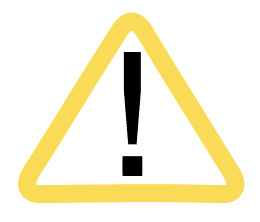
|
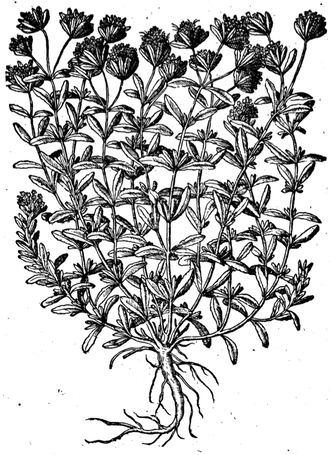
|
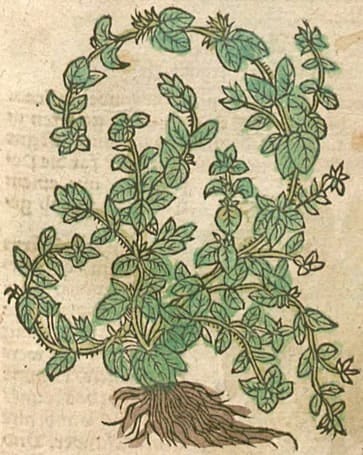
|
|
New Kreuterbuch, Matthiolus, 1563 |
Kurtzes Handtbuchlein, Ryff, 1599 |
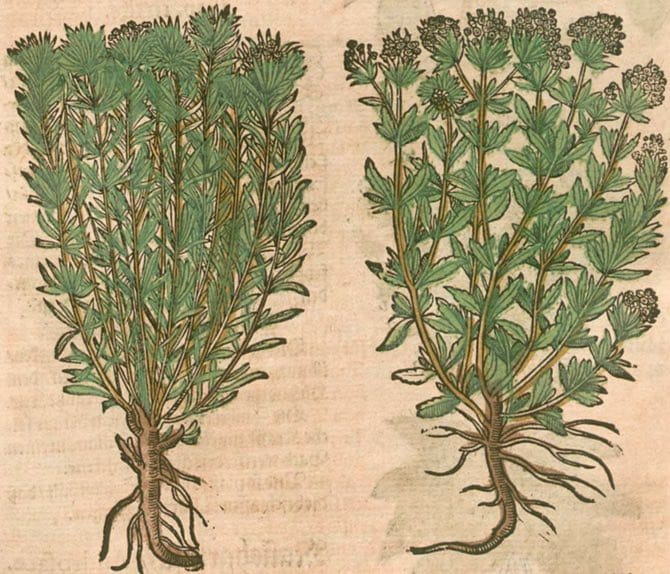 Left: Polium campestre; Right: P. montanum
Left: Polium campestre; Right: P. montanumKrauterbuch, Lonitzer, 1578
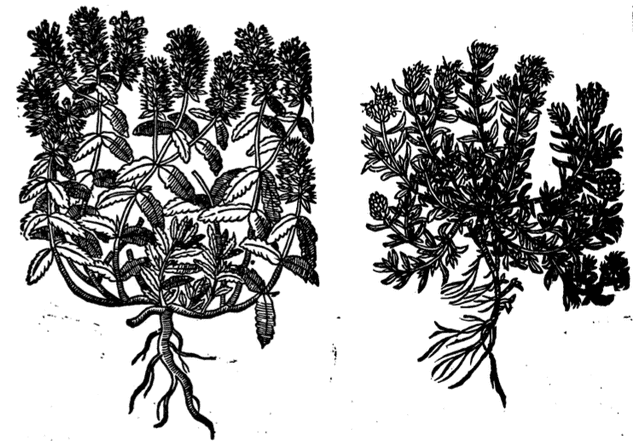
|
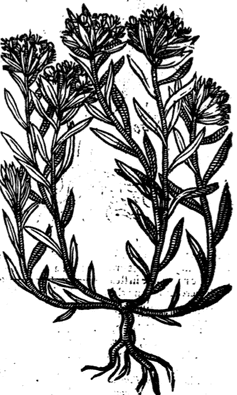
|
Parkinson, Theatrum Botanicum, 1640
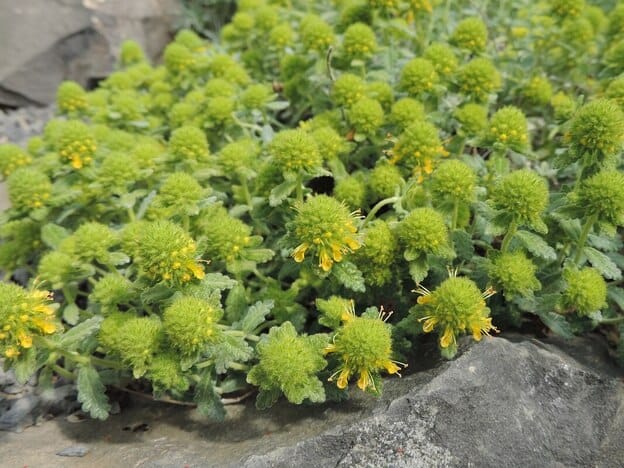 Teucrium polium
Teucrium polium(Photo by Kenraiz) (Wikimedia)
Botanical name:
Teucrium polium (syn. T. capitatum)
Campestre (rural) and Montanum (mountain) varieties were traditionally recognised, the mountain being preferred.
Later European writers recognised a number of varieties including:
- Common Poley (Mountain Poley)
- White or Spanish Poley Mountain
- Spiked, or Lavender-leaved Poley
Parts used:
Herb in flower
Temperature & Taste:
Cold, dry. Bitter, Pungent
Usually accounted Warm, we have taken the Chinese stance in calling this (and related plants) Cool.
“The small variety of germander is hot in the third degree and dry in the second degree. The large variety is hot and dry in the second degree”. It is “a little pungent. The small variety is more pungent and bitter”. (Avicenna)
Classifications:
Aperitive, Abstersive, Diuretic, Vulnerary, Cardiac, Alexipharmic
Uses:
1. Clears Wind-Heat, Resists Poison:
-Colds, Fever, Rheumatic Fever (Unani)
-“useful in Chronic Fevers”. (Avicenna)
-Lung-heat cough, Chest Pain, Tuberculosis
-toxic swellings
-Decoction (taken with vinegar) is taken for poisonous Bites and Stings (Dioscorides)
-“Useful in Scorpion sting and the decoction of its large variety is useful in other Insects bite”. (Avicenna)
-in Antidotes including Mithridate (in which case the small variety was preferred)
2. Settles Wind, Stops Spasms:
-Hypertension
-Paralysis, Numbeness, Trembling or Lameness of the Limbs
3. Clears Heat and Damp, Opens Obstructions:
-Jaundice
-“useful in black Jaundice”. (Avicenna)
-Edema, Urinary obstructed by Heat and Damp
-Gravel and Stones
-obstruction of the Spleen
-Colitis, Gastritis; diarrhea (decoction), Colic, Peptic Ulcers, Vomiting
4. Moves the Blood, Promotes Menstruation, Eases Pain
-Amenorrhea, Dysmenorrhea
-expels Dead Fetus and Afterbirth
-relieve pains of Labor and Postpartum pain
-Hard Tumors, Fibroids
5. Clears Heat, Promotes Healing:
-an important Wound herb: Wounds, Ulcers
-Chronic Sores and Foul Ulcers (internally and topically)
6. Benefits Kidneys, Strengthens Bones:
-Recently found useful for Type II Diabetes
-Arthritis, Rheumatism
-Sciatica, Lower Back Pain and weakness
7. Kills Worms:
-“useful in Tapeworm infestation” (Avicenna)
8. Externally:
-leaves are beaten and applied to Boils and Carbuncles
-the smoke repels vermin and venomous insects; strewn around a room to repel pests also
-topically as a Wound herb
-old sores and ulcers
-Paralysis, Numbeness, Trembling or Lameness of the Limbs (Herbs boiled in oil and applied)
Dose:
Decoction: 2–6 grams, added towards the end
Powder: 2–6 grams with Wine
Tincture: 3–7 mls
Acid (Vinegar) Tincture: 30–40 drops
Oily Tincture (Tincture in oil): 15–45 drops (up to 60 drops) for Arthritic and Rheumatic diseases, and nerve disorders such as Paralysis, Numbness, Trembling etc
Juice: 15–30 mls
Substitute:
1. Pomegranate root-bark can be used for Worms (Avicenna)
2. Cassia bark in two-thrids of its weight (Avicenna)
Main Combinations:
1. Poley Montane Poley Mountain with Bdellium, Rhubarb, Lacca, Yellow Myrobalan, Indian Spikenard for obstruction, to promote urine, fibroid tumors etc.
2. Diabetic wounds and ulcers, Poley Mountain with Aloe gel
Major Formulas:
Hiera Logadii
Troches of Coral (Diacorallium) (Nicholas)
Pills of Rhubarb (Greater) (Pil. de Raved Sceni) (Mesue)
Athanasia Greater Nicholas
Cautions:
1. Toxic in overdose or long-term use. The terpenoid teucrin has been associated with acute hepatitis and one case of Liver failure. Not used for more than 3 weeks without a break in treatment. Not used in those with Liver or Kidney disease.
2. Not used during pregnancy
3. Traditional Herbals noted it to ‘trouble the Stomach, and cause some pains in the Head’. (Parkinson, from Dioscorides)
Toxicity:
It is toxic in overdose
Main Preparations used:
Last Update 02/24
